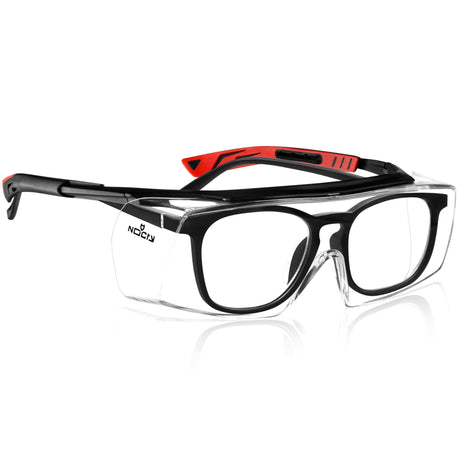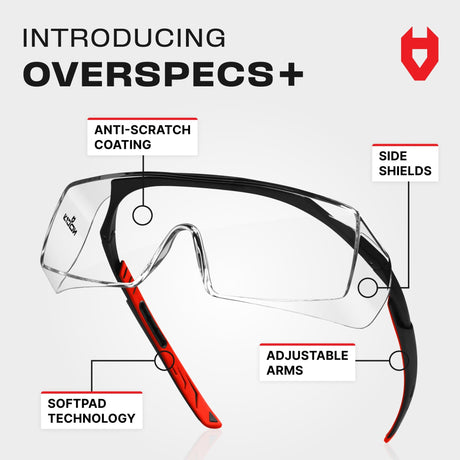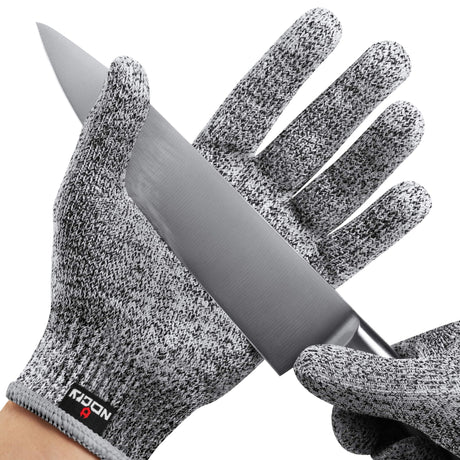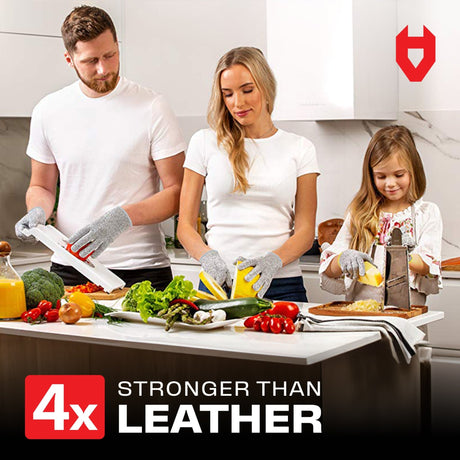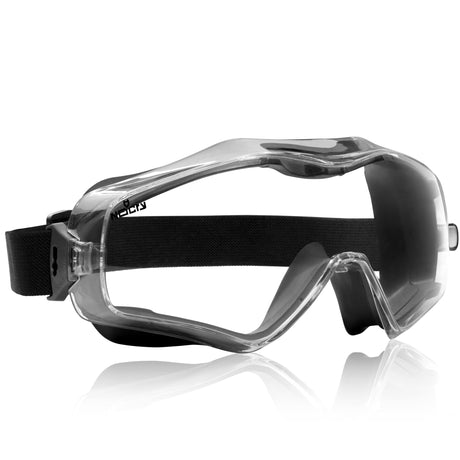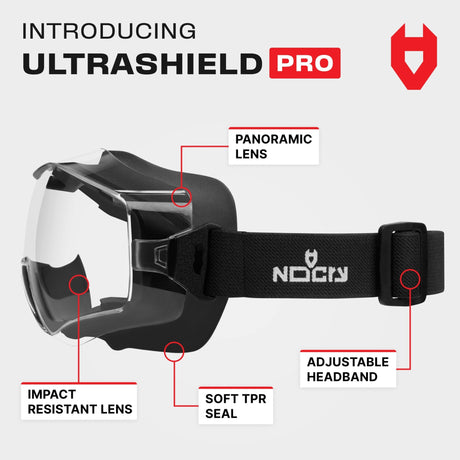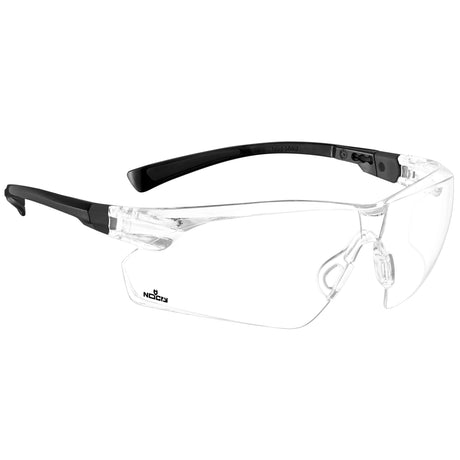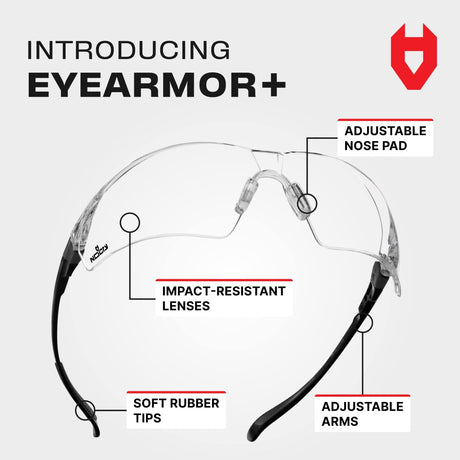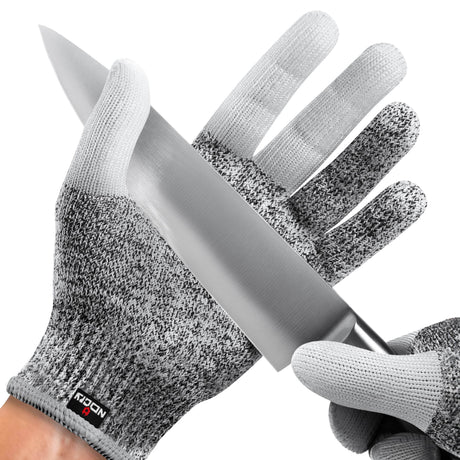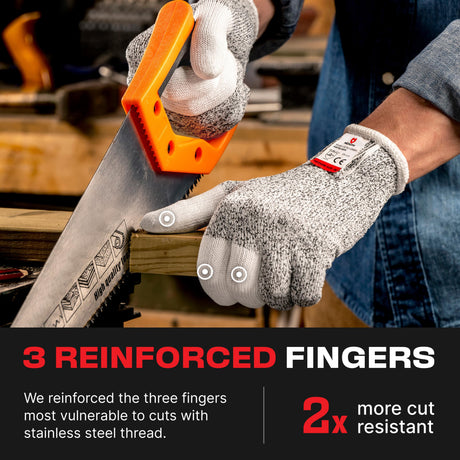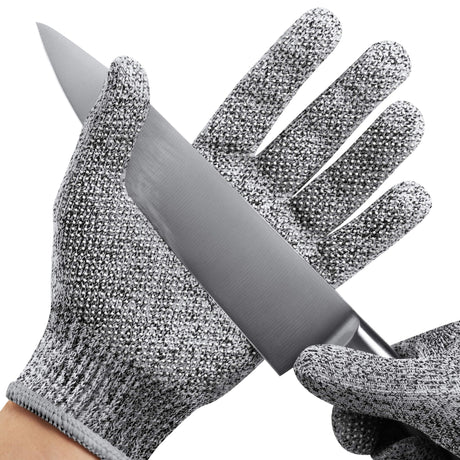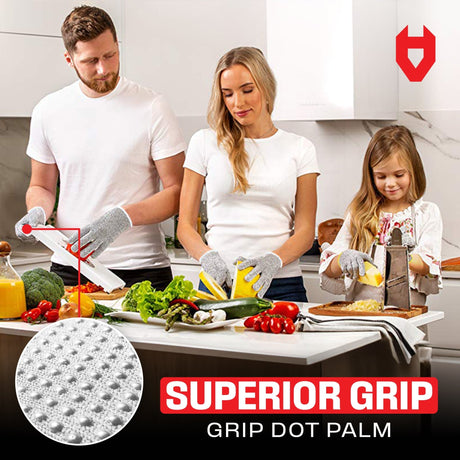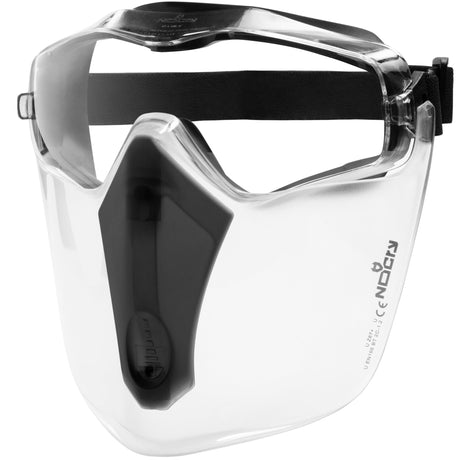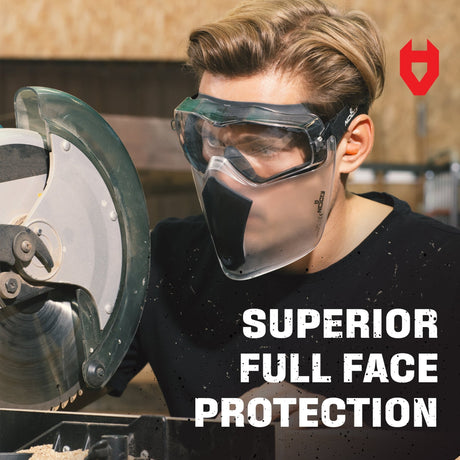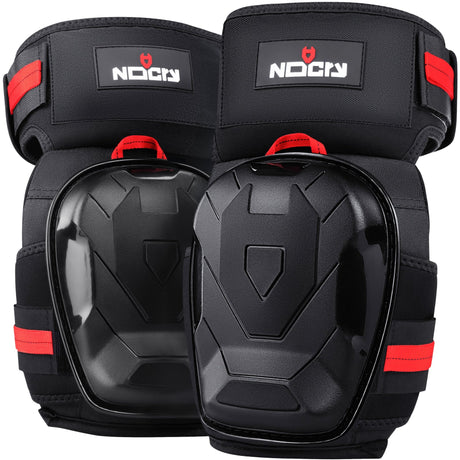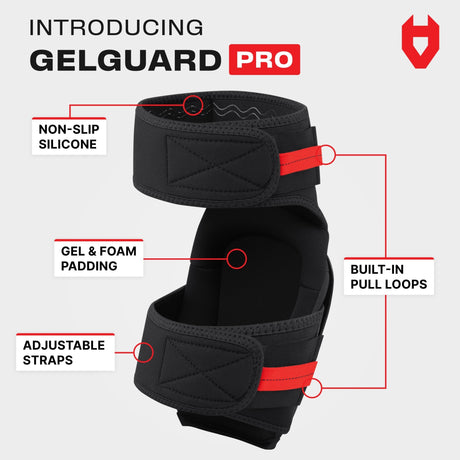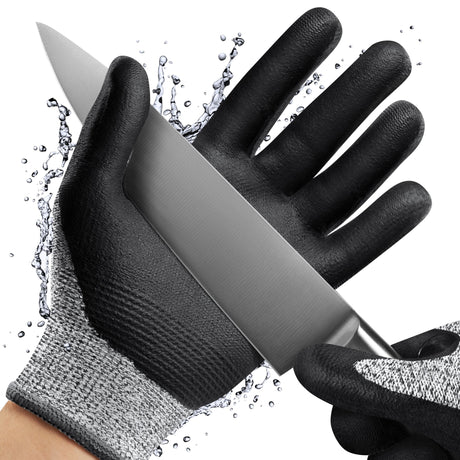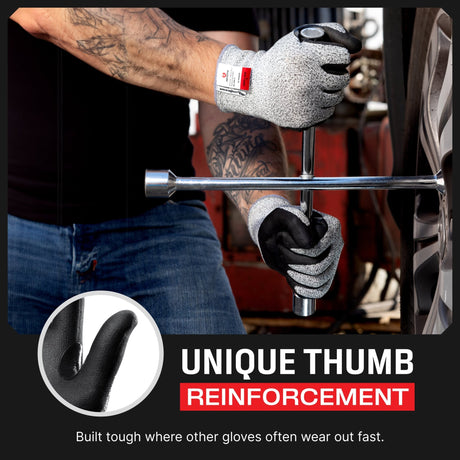Here’s why protecting your knees is so important
Protecting your knees isn’t a luxury. It’s essential. If you’re kneeling for any extended period of time— at work, in the garden or while you scrub the floors — you need the right support. But what does that mean? You need the right knee pads for work.
The human knee doesn’t have a lot of natural cushioning: it’s made up of bone and cartilage. So if you’re kneeling, especially on a hard surface, the only protection it gets is from a thin layer of skin. (And maybe your pants.) That’s not enough to protect one of the most important parts of your body from injury.
Knee pads add the cushioning you need. This extra soft layer between you and the ground shields you from the hard impact, supporting and cradling the knee.
What level of protection do I really need?
While all knee pads do the same basic job — protecting your knees — the knee pads for work are different from construction knee pads or gardening knee pads. Let’s take a look at what makes them different.
- Knee pads for work. If your work involves kneeling — carpentry, building, cleaning, stacking shelves, plumbing — you need to think about the surfaces. Are they hard or delicate? Wet or dry? Even or uneven? For harder surfaces, opt for knee pads that have more cushion. For delicate surfaces, opt for ones that won’t damage them.
- Construction knee pads. Construction sites usually involve large concrete slabs and plenty of hard surfaces. That’s why any knee protectors you use should feature foam and gel layers that support your knee and a harder outer shell (usually plastic) that won’t get damaged easily.
- Gardening knee pads. Gardening means spending time in the soil come rain or shine. That’s why gardening knee pads should be easy to clean. They don’t need to be super thick either: a thin, flexible foam layer will give you enough cushion without squishing the grass or soil too much.
Choose the right knee pad type for what you’re doing
Different knee pads are built for different activities, with a different level of thickness and protection.
- Foam knee pads. This type of pad is usually made of thick, lightweight foam. It has the same material all over. Good ones have grooves to prevent slipping and sliding as you kneel. These pads support light activities like cleaning or gardening. The soft foam also makes them great for kneeling on more sensitive surfaces like linoleum.
- Foam and leather knee pads. These knee pads usually have leather on the outside. This prevents you from slipping and sliding without adding bulk. It makes them suitable for wet or slippery surfaces.
- Heavy duty professional knee pads. This type of knee pad is usually made of two or three different layers. The outward layer (the one that’s touching the ground) is typically a heavy duty poly shield. To protect your knees though, they have EVA foam and a soft gel core for extra cushioning. They are extra tough and extra soft.
But the right material isn’t enough. Great knee pads also need great straps. Soft flexible straps that can tie around the back of the knee twice can keep pads secure.


